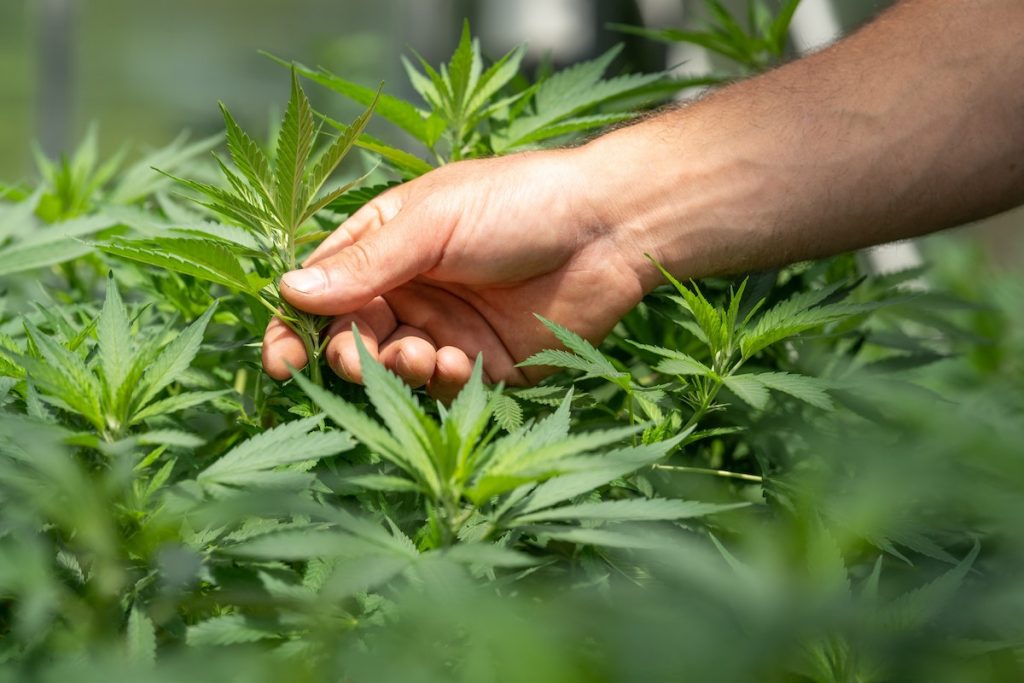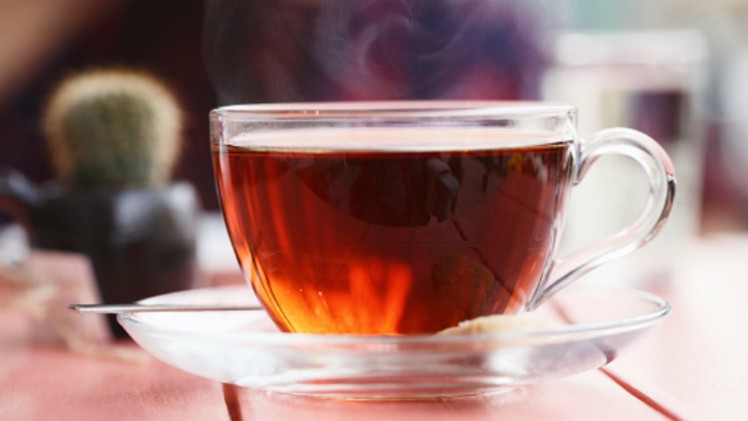Are you new to the world of weed? If yes, you might find it both exciting and a little overwhelming.
Surprisingly, there is an increased acceptance of cannabis in many places. Washington, DC, and 23 other states have legalized the use of weed for recreational purposes for adults aged 21 years and older. Of course, there are certain states’ limits to it that imply.
As a result, more people are exploring its potential benefits and recreational use. In fact, a recent survey revealed that cannabis or weed usage had seen a significant rise, with over 20% of adults admitting to trying it at least once.
Here, the important thing to note is that people often use weed and cannabis interchangeably. You might have noted when you search for weed; you might be suggested cannabis products and vice versa. It is because weed is derived from cannabis and is a simple term mainly used to denote cannabis in its dried and smokable form.
We understand that navigating the world of weed is complicated. Therefore, we’ve curated this guide to help you.
However, before you get into the details, you should understand the basics of cannabis.
Basic of Cannabis
Cannabis is a flowering plant that belongs to the Cannabaceae family. Humans have cultivated and used it for various purposes for thousands of years. The plant contains more than 120 compounds, generally known as cannabinoids.
However, the most common components are CBD (cannabidiol) and THC (tetrahydrocannabinol), which have different effects on the body. While CBD has potential therapeutic and non-intoxicating effects, THC is responsible for psychoactive effects.
Additionally, it is essential to note that different types of cannabis plants vary in terms of genetic makeup, flavors, and aromas. These different types are commonly known as Cannabis Strains. Interestingly, there are three primary strains:
- Sativa: These strains are associated with energizing effects, making them popular for daytime use. Sativa strains are known for their higher levels of THC, the psychoactive compound. As a result, they contribute to the euphoric and cerebral effects. However, they generally have lower CBD levels.
- Indica: These strains are more relaxing and sedating, making them popular for evening or nighttime use. They typically have higher levels of CBD, which can contribute to their potential therapeutic properties, such as pain relief and muscle relaxation.
- Hybrid: These are cultivated by cross-breeding Indica and Sativa strains. The characteristics of hybrid strains can vary depending on the specific combination and ratio of Sativa and Indica genetics. Some hybrids may lean more towards Sativa or Indica dominance, while others achieve a more balanced effect.
Dosage and Potency
The potency of cannabis products refers to the concentration of cannabinoids, particularly CBD and THC, which can vary widely. The dosage of weed depends on which strain is used to derive it. According to 420DC, it is significant to understand the dosage and potency for a positive experience. It will help you buy the right product according to your needs. Let’s learn about potency:
CBD
- CBD is known for its potential therapeutic benefits and is typically available in various potencies.
- Weed with higher CBD potency is suitable for those seeking relaxation or relief without intoxication.
- Lower CBD potency weed is often used for general wellness, such as sleep support, pain relief, anxiety management, and more.
THC
- THC is responsible for the psychoactive effects of weed and is available in different potencies as well.
- Higher THC potency may result in stronger psychoactive effects and is preferred by those seeking euphoria or a more intense experience.
- Lower THC potency is often chosen by individuals who want a milder or more controlled effect.
| Note: You should know that both CBD and THC may respond variably to individuals. Therefore, it is suggested to start with a low dose. |
Different Methods of Consumption
1. Smoking
Smoking is a common and traditional method of consuming weed. It involves igniting cannabis flowers or their derivatives to inhale the smoke produced. Individuals typically use various tools such as pipes, bongs, or rolled joints to smoke weed.
The weed is either ground up or placed as a whole bud into the smoking device and then lit. As the user inhales the smoke, the cannabinoids are absorbed into the bloodstream through the lungs, resulting in relatively fast-acting effects.
Smoking is responsible for a quicker onset of effects compared to other methods, making it popular for those seeking immediate relief or an immediate psychoactive experience.
2. Vaporizing
It is a fantastic method of consuming weed that has gained popularity in recent years. Vaporizing heats the product to a temperature where THC and CBD vaporize without combusting. Thus, users inhale vapors and not smoke. You can use either weed oils or dried products to vape.
Interestingly, vaporizing reduces the intake of harmful byproducts associated with smoking. They are available in different forms, such as portable vaping devices and desktop units.
Additionally, users can adjust the temperature settings to achieve their desired effects, thus, having a more controlled and precise experience. The effects are typically similar to smoking but with potentially smoother inhalation and reduced respiratory impact.
3. Edibles
It involves ingesting cannabis-infused food or beverages. It offers a discreet and convenient way to experience the effects of weed without the need for smoking or vaping.
Individuals can consume edibles in the form of gummies, chocolates, cookies, drinks, and more. The cannabinoids present in the edibles are metabolized by the liver on consumption. As a result, it converts them into a more potent form for a longer-lasting and potentially more intense effect than other methods, so you may well want to consider using Delta 9 gummies if you’re looking for this sort of experience from your cannabis.
It may take longer for the effects to show, anything between 30 minutes to two hours, as the cannabinoids need to be digested and absorbed. However, it is important to note that proper dosing to avoid overconsumption and ensure a positive experience.
4. Tinctures and Oils
These are concentrated forms of cannabis that are commonly used for medicinal purposes. They are created by extracting cannabinoids, such as THC and CBD, from the cannabis plant. Later, the cannabinoids are infused into alcohol-based tinctures or carrier oils.
Tinctures are administered by placing a few drops under the tongue, quickly absorbing them into the bloodstream. Oils, on the other hand, can be ingested orally or added to food and beverages.
Using these, individuals can control their dosage and tailor the experience to their needs. Furthermore, they are preferred by medical cannabis users due to their ability to create specific cannabinoid ratios to target specific symptoms or conditions.
5. Topicals
Topicals are cannabis-infused products designed for external use on the skin. They are available in various forms, such as lotions, balms, creams, and oils. They are used for localized relief and are applied directly to the affected area.
The cannabinoids in the topicals interact with the skin’s cannabinoid receptors, providing potential therapeutic benefits. Topicals may offer relief from pain, inflammation, muscle soreness, and skin conditions like eczema or psoriasis.
Bottom Line
We hope you now know the various methods of strains and consumption methods around weed. Remember, whether you smoke, vape, eat edibles, or explore other options, moderation and responsible use are key. So go ahead, and explore the world of weed with confidence and curiosity.


